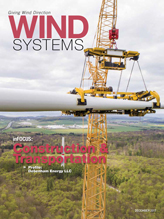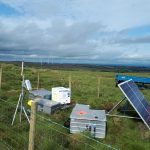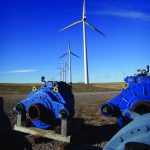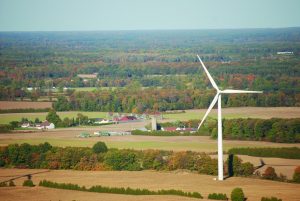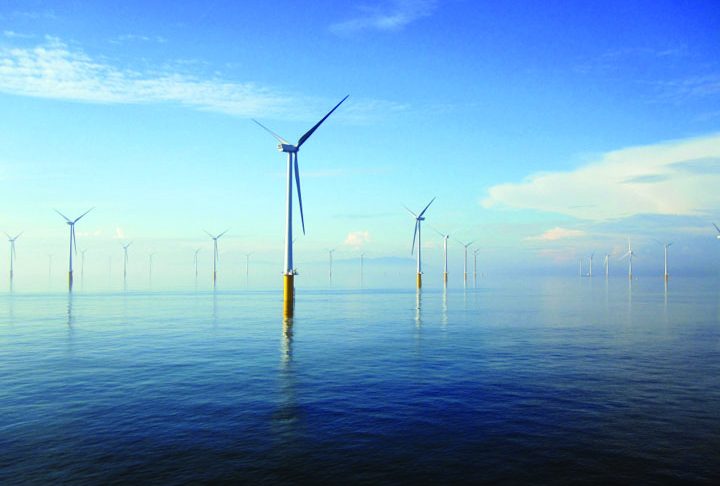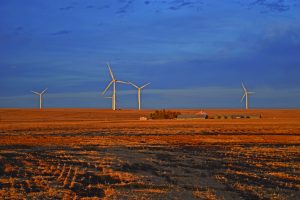The Great Dismal Swamp was once a place “where the abundant growth and vegetation of nature, sucking up its forces from the humid soil, seems to rejoice in a savage exuberance, and bid defiance to all human efforts either to penetrate or subdue.” That was according to Harriet Beecher Stowe, whose novel, Dred: A Tale of the Great Dismal Swamp was published in 1856, four years after her abolitionist classic, Uncle Tom’s Cabin.
The original swamp is estimated to have covered more than 1 million acres from Norfolk, Virginia, to Edenton, North Carolina. For a long time, it was a refuge for runaway slaves as well as for panthers, bears, and water moccasins. Later, George Washington created a company that attempted to tame the muck, and Patrick Henry built another to carve canals through the swamp’s miserable morass.
Today, much of the Great Dismal Swamp has been drained and turned to agricultural purposes. Beneath the ground that once was swampland, though, remains soggy, peat-filled soil with high groundwater table levels — making it an especially difficult place to build a 104-turbine wind farm.

Construction Challenges
Wind farms are often built in remote locations where soil conditions are less than ideal for construction. This presents a particular challenge to the engineer or contractor when designing and building access roads with heavy vehicle traffic. An even greater test occurs in areas where the wind turbines are located. Heavy-lifting equipment, required to position the turbines, exerts high pressures on the underlying soft subgrade. Geogrid technology is increasingly used in wind-farm development to tame tough conditions, to keep projects on schedule, and to save materials and money. Geogrid, in fact, helped to subdue the Great Dismal Swamp.
When Avangrid Renewables launched its plans to develop the first utility scale wind farm on 22,000 acres of leased farmland in the former Great Dismal Swamp footprint, Lincoln Phillips, the company’s regional construction manager knew what he was up against.

“The Great Dismal Swamp lived up to its reputation,” Phillips said, referring to the condition of the bog-like subsoil. “We needed to build nearly 60 miles of access roads to support the wind farm, and we needed to be sure those roads would hold up. We needed more than a moisture barrier; we needed something to act as a bridge under the road allowing it to flex and float.”
Using geogrid
The engineering firm working with Avangrid on this project specified geogrid: stiff polymer mesh used to stabilize and improve the performance of sub-soils below roads and other types of infrastructure.
The use of geogrid provided significant cost savings.
“Stone is very expensive in Eastern North Carolina, and we needed a lot of stone for the roads. We had to truck or rail it in and then take truck loads of it to the job site,” Phillips said. “Using geogrid meant we didn’t need as much gravel on the roads to get the ground stability we needed.”
The roads not only had to support tremendous heavy vehicle traffic during construction, they also had to withstand two tropical storms and one hurricane. At one point, the site experienced 28 inches of water in less than a 15-day period.

“Looking at the roads afterward, you would have never known we had a drop of rain,” Phillips said.
More than a year since completion, the entire site continues to hold up well with no more than routine maintenance and no additional stone required.
The power from Avangrid’s North Carolina wind farm already has a buyer, Amazon.com, which has been investing heavily in sustainable energy solutions. The wind farm began delivering power in December 2016. Its 104 wind turbines produce 208 MW of electricity — enough energy to power the equivalent of about 61,000 U.S. homes each year.
Renaico Wind Farm
Travel directly south almost 5,000 miles from Elizabeth City on North America’s Atlantic coast, and you come to the Pacific Coast of Chile. Two hours inland from that shore is the tiny town of Renaico in the Araucania Region of Chile. For most of this farming town’s existence, its predominant geographic feature was the brown Renaico River, which bisects the area from east to west. For the past year, though, the landscape has a new highlight: It is now dotted with 44 100-meter wind turbines spread over 2,965 acres. Enel Green Power, part of the multi-national energy company Enel, completed this 305 GWh wind farm in 2016. It wasn’t easy.
When building began in 2015, it was immediately evident that the region’s silt and soft clay soils would challenge the stability of the wind farm’s access roads, internal roads, working platforms, and turbine foundations. To complete construction in a limited time frame and with ground deformation and shear strength restrictions, the construction and engineering teams chose to stabilize the ground using geogrid.

More than 10.56 miles (17 kilometers) of internal roads were built between the turbines that make up the wind farm. In addition, 44 temporary working platforms were built to support the crane during the installation of the wind turbines. Geogrids reinforced both the roads and crane pads, resulting in significant savings in costly imported granular fill and assuring soil quality uniformity to ensure subgrade performance. The Renaico wind farm is now fully operational and has inspired the creation of other wind-energy developments in the region. Geogrid is now being used to support several of those installations as well.
Reducing Aggregate Thickness
On wind-farm construction sites, geogrids are most commonly used to reduce the required aggregate thickness for unpaved haul roads constructed to provide access to individual turbine locations. When geogrid is placed at the bottom of an aggregate layer, the aggregate particles partially penetrate through the apertures of the geogrid. This causes confinement of the aggregate and stiffening of the road structure. By incorporating geogrids, a mechanically stabilized layer is created for the haul/access roads and unpaved working areas. Construction cost savings of up to 50 percent can be realized in the amount of aggregate required. Lower aggregate requirements result in less excavated material to be taken away from the site, and less aggregate to be imported, placed, and compacted.
In addition to road structures, geogrids also can be used to reduce the required aggregate thickness at crane platform locations. The locations where turbine components are unloaded and lifted into position often present the greatest challenge to avoiding subgrade failure. In these areas, multiple layers of geogrids can be used to strengthen the aggregate section. The stiffened aggregate results in an enhanced load distribution beneath the large static and dynamic loads imposed by the lifting equipment. This increases the factor of safety against a bearing capacity failure in the subgrade.
The U.S. Department of Energy’s website, energy.gov, states that the United State’s total wind capacity is projected to be 113.43 GW across 36 states by 2020. That’s an increase of 52.31 GW since 2013. It is no wonder that major geogrid manufacturers are increasing their production capacity.
















